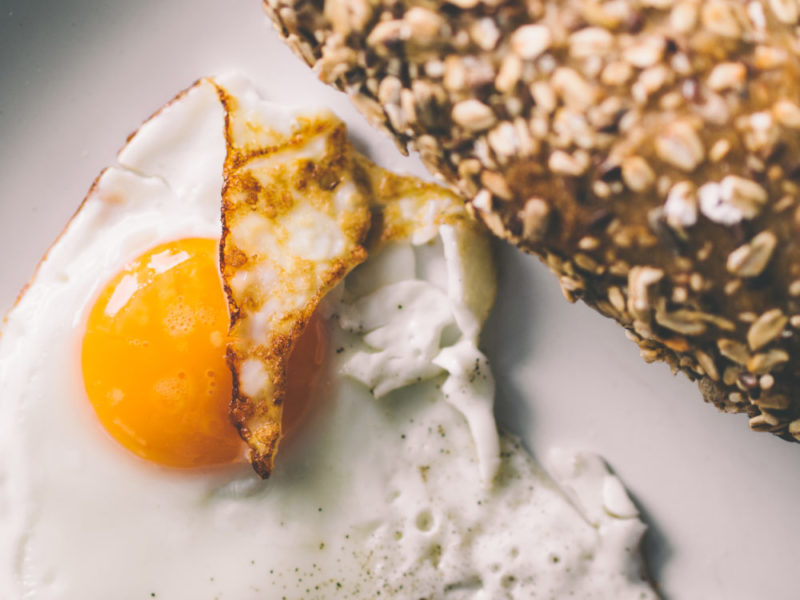Those with a diagnosis of celiac disease must often avoid a long list of different foods to help reduce the related symptoms and to allow the intestinal tract to function and repair properly. But here’s the good news. Today we have so many more gluten-free food choices that are tastier and more affordable than ever before, helping us to maintain our optimum health. Here are four simple tips that will make your gluten-free diet much easier to manage.
Design a Winning Gluten-free Diet Plan
You don’t have to be a gourmet chef to design a powerhouse, gluten-free diet. With only basic cooking skills, our focus should be on creating meals with only unprocessed foods while ensuring a well-balanced diet with a wide range of vitamins and nutrients. By avoiding foods high in additives that might contain gluten, we can make the entire process of eating healthy much easier.
Simply start by filling your shopping cart with your favorite fresh fruits, vegetables, and non-processed lean meats. Make sure to include a combination of protein sources, including seafood, poultry, and plant-based foods like nuts, beans, and seeds. Regarding dairy products, toss into the cart some low-fat cheeses and vitamin-rich, high-protein yogurts with probiotics that aid digestions. Lastly, hit the bread aisle and choose some complex gluten-free whole grain selections.
Don’t forget about breakfast.
While many of the foods that we typically buy are good choices for both lunch and dinner, breakfast is an entirely different meal altogether. For those suffering from celiac disease, a breakfast of pancakes, French toast, waffles, or high-carb cereals is normally not on the menu. You can, however, make a tasty breakfast from eggs or egg whites, cheeses, fresh fruits, cottage cheese, and perhaps some of that tasty, probiotic-infused yogurt. Make toast from your gluten-free bread, and add protein with a bit of avocado or non-processed lean meat. The key is to always plan ahead when filling your shopping cart.
Be careful of oats and oatmeal.
Even though there is a wide variety of gluten-free oats and oatmeal readily available on the grocery shelves, most nutritionists recommend waiting a few months before including these foods into your gluten-free diet plan. Always consult with your physician or dietician first. Make sure that your body is responding well enough to the other gluten-free food choices before taking on this next step.
Don’t forget the snacks.
Snacking in between meals is perhaps the most difficult challenge to a gluten-free diet because most of us rarely “plan” to snack. But when we have celiac disease, we need to plan all of our food choices well in advance. Make sure to carry little bags of cashews, almonds, dates, raisins, or sesame seeds with you at all times. Store a few bags inside your desk drawer at the office. Stash a few more in the glove box of your car.
Bags of fresh veggies or sun-dried tomatoes are other healthy options. And be careful of the gluten-free snack bars. Select only those made from dried fruits, seeds, and nuts without a lot of sugar.



